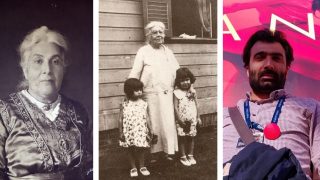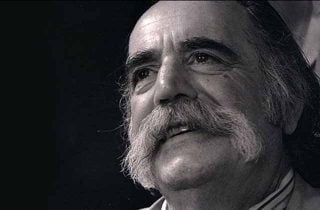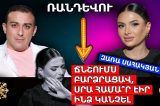
The image and atrocities of the Turks through the eyes of Dostoevsky

Armenian authors who lived and wrote in Western Armenia in the early 20th century simply had to speak out about not only the problems that existed in the early 20th century, but also the atrocities committed by the Turks. The abominable reality of the era was shown in the writings of Siamanto and Varoujan, who wrote about everything that they had witnessed around them and in front of their eyes. These authors wrote about the crime that the Turks perpetrated with their bloody hands in the late 19th and early 20th centuries, and this left an everlasting imprint. They also succeeded in writing about the events that took place before 1915, but after 1915, there was nobody left to write about everything that had taken place in 1915.
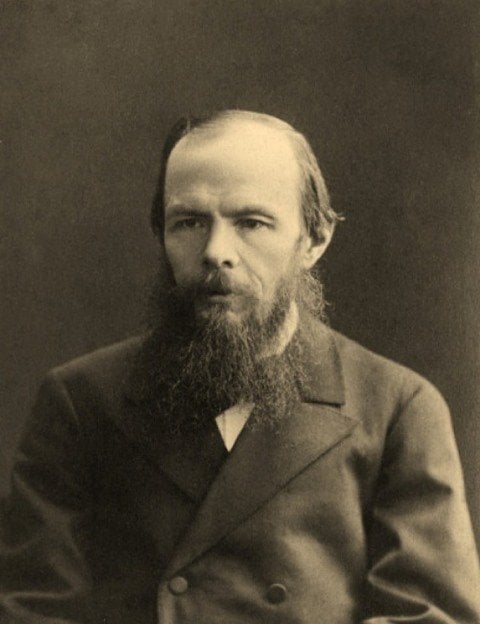
As for those who stayed live, they were silenced forever. In his novels, prose writer Hagop Oshagan, who was the most talented and yet partially neglected Armenian writer, portrayed the image of the Turks of the era. He would present how the Armenians would slowly bear the influence of the perverse Turkish reality. Alongside psychological issues, Oshagan would also present the morals and conduct of the Turks. In his novels, Oshagan would not only present the atrocities committed against the Armenians, but also how the Turks would treat other nations. In particular, in his novel “Haji Murat”, Oshagan presents the atrocities of the Turks against an Albanian family. Oshagan presents the following:


“Ferocious and madly trembling raiders raped whoever fell into their hands, including the women of three female landlords, two maids and three ladies, the youngest of whom had just turned nineteen. These acts took place with hollow, exhausting bitterness and pain. The raiders were so animal-like and impatient that it would not be too long before they started killing each other, they, who were the ones who were waiting for an order and were deranging others. An eighty-year-old uninitiated woman forcefully and prematurely opened the door to the treasury, and at the entrance, she was laid on the floor and axed.” (Hagop Oshagan, “Haji Murat”, Antelias, 1996, p. 309).
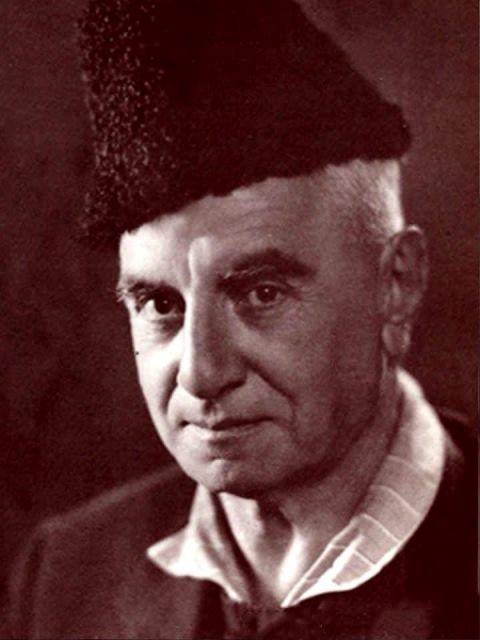
All this was witnessed by Armenians and Armenian writers, who were fighting for the existence of human qualities in that abominable reality. Interestingly, there were several other authors who also spoke about the behavior and ‘handwriting’ of the Turks in the 19th century. In his most famous novel “The Brothers Karamazov”, Russian prose writer Fyodor Dostoevsky, who was a prophet-like author, presents the Turks’ perversions against the Bulgarians. Perversion is the only word that can be used to characterize the Turks’ ‘handwriting’. In one of the chapters of the novel, Dostoevsky talks about these perversions and, by talking about them, highlights the example of the atrocities of man and the transition of man from having humanly values to being a declining person. Dostoevsky saw everything and highlighted the character and ‘handwriting’ of the Turks in the following excerpt:
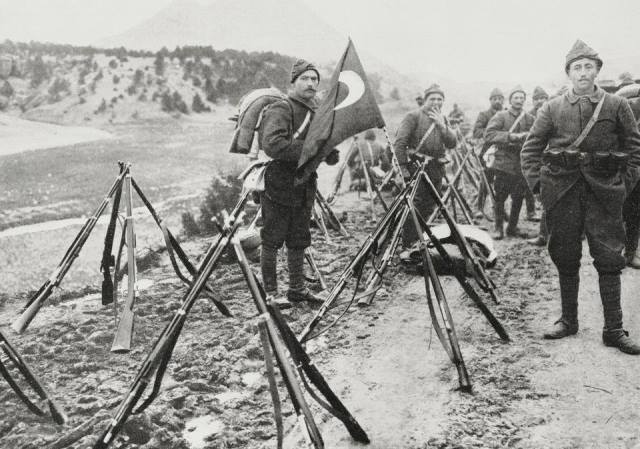
“By the way, recently in Moscow, a Bulgarian told me how the Turks and Circassians were causing disturbances in all parts of Bulgaria in fear of the general uprising of the Slavs, meaning they were burning and massacring, raping women and children, nailing captives’ ears to a fence and leaving them there until morning and then hanging the captives in the morning, and many similar actions that one can’t even imagine…As a matter of fact, those Turks also easily tortured children, cutting and taking babies out of their mothers’ wombs with daggers, throwing suckling children into the air and holding the tip of the bayonet right in front of their mothers. They would even have an orgasm in front of the mothers. But there was a particular scene that sparked my interest. Imagine a suckling child, trembling in the mother’s hands, and there are Turkish invaders everywhere. The Turks have begun to play an entertaining game — they cherish the child, laugh to make the child laugh, and they succeed because the child starts laughing. At that moment, a Turk points a pistol at the child, keeping it four inches away from the latter. The little child joyfully makes a chirping sound, stretches the little hands to hold the pistol, and the artist suddenly pulls the trigger, and the bullet goes straight to the child’s face and crushes the small head of the child…”. (Fyodor Dostoevsky, “The Brothers Karamazov”, “Soviet Writer” Yerevan, 1983, p. 338).
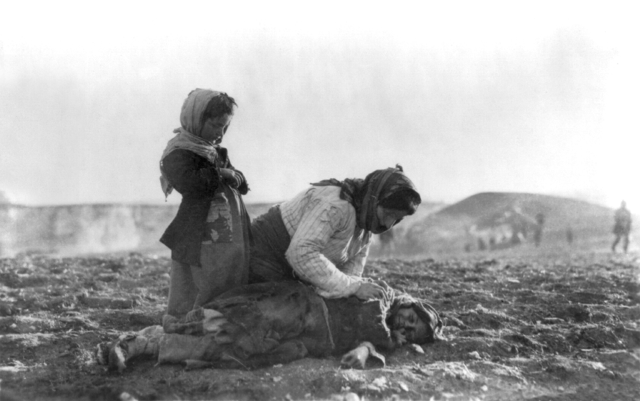
This is how Dostoevsky saw the image, actions, character and mental state of the Turks. Dostoevsky was the person who, according to Nietzsche, was the only psychologist from whom one could learn something. Theoretically speaking, if we take a moment and think about the fact that, in our literature, we Armenians have portrayed the Turks as abominable and perverse because what has motivated Armenian writers has been the enmity and hatred against the Turks, this will be comprehensible and justified, but what can we say about the case of Dostoevsky? It seems that we can say the same because the Russian prophet also saw the Turks’ character, and everyone saw this, including the Armenians and foreign thinkers of the era who knew what being human and virtuous was all about. It was a manifestation of the most abominable character of the time.
It is within this that the type of a declining person was concealed. These are facts, this is a story that is ‘polished’ through art. It is necessary to realize that, for us Armenians, a nation that maintains in its genetics the code of ravaging people is, first and foremost, genetically an enemy. If that type of human being does not gain more horrible attributes in the course of 100 years, 10,000 years or 100,000 years, it will be rare to see the decline of the ravage in the person’s character. It is simply necessary to understand that such an enemy is dangerous everywhere and in all times. It is also necessary to learn the lessons of history and understand that the goal of keeping one Armenian in a museum will become a practical goal on any appropriate occasion and in any appropriate condition. This is a goal, and to ‘pulverize’ this goal ideologically, we Armenians need to be strong, smart and conscious.
Z. Shushetsi





